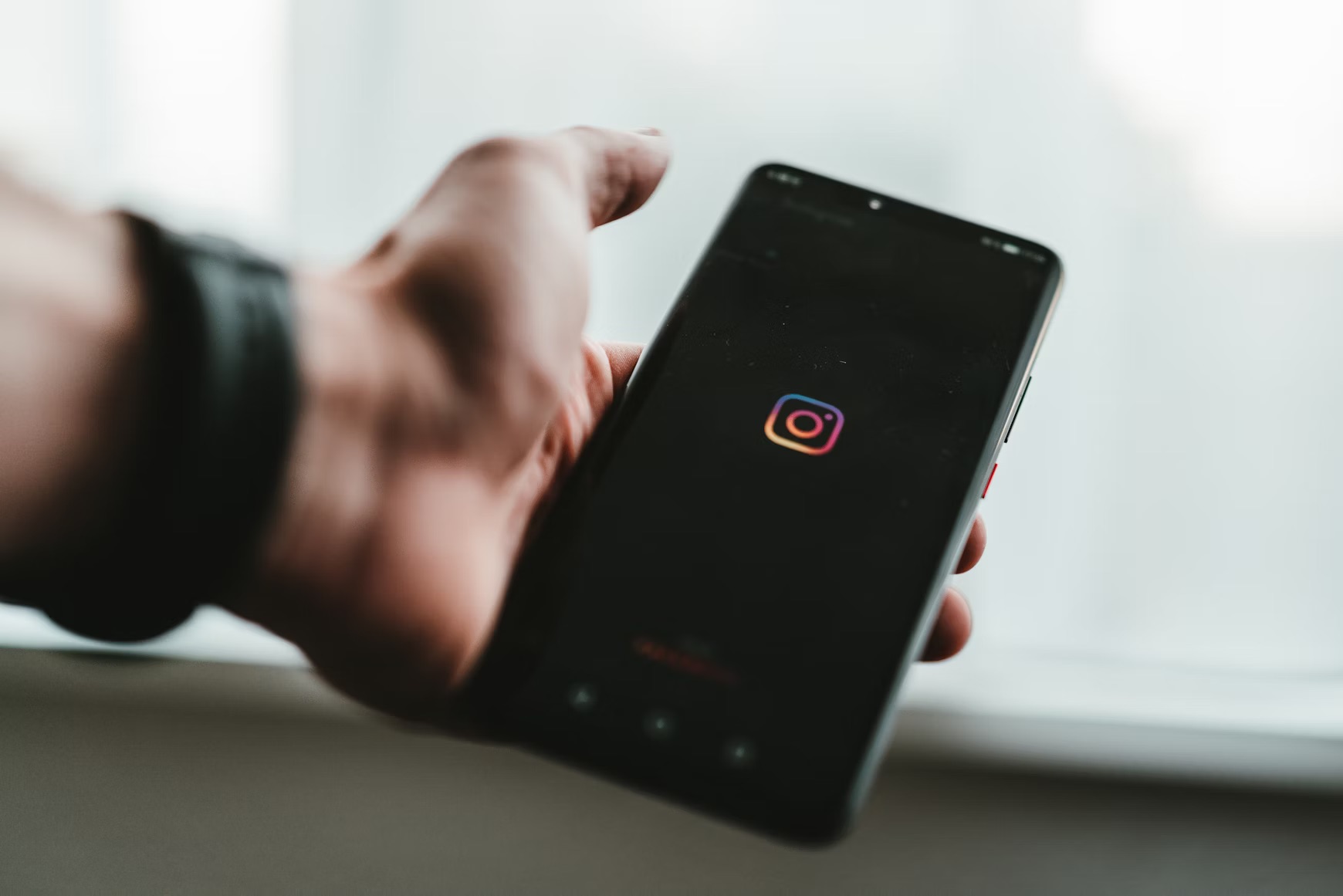
Instagram announced on Monday that it is updating its Map feature to provide users with greater clarity regarding whether they are actively sharing their location. The social network also announced the launch of this Snap Map-like feature to users in India, following its initial rollout to the United States and Canada in August.
Addressing Initial User Confusion
When the Map feature was first introduced, it caused widespread confusion, leading to numerous social media posts incorrectly urging users to disable location sharing under the false belief that it was enabled by default. At the time, Instagram head Adam Mosseri reassured users that their location is only ever visible to others if they consciously choose to share it.
Now, two months later, Instagram is adding several prominent indicators to resolve this confusion. A more visible indicator now appears at the top of the Map to remind users whether or not they are sharing their location, or if their device location is turned off completely. A new indicator also appears directly under a user’s profile photo in the Notes tray on the Direct Messages (DMs) page, clarifying if they are not sharing their location.
Clarifying Location Tags and Posts
Initially, users mistakenly thought that tagging a location in their posts automatically shared their real-time location on the Map, a belief fueled by their profile picture appearing over the content. This was incorrect, as the feature was designed only to pull in posts that contained location tags. To reduce further confusion, Instagram has now removed user profile photos from Map content to make it unequivocally clear that a post on the map does not indicate someone’s current location.
Instagram will now also display an educational reminder to notify users that when they add a location tag to a Story, Reel, or post, that content will populate on the Map. While location tags were already visible to users in the map view, Instagram will now further clarify the action by showing a preview to users of exactly how their content will appear on the Map when they add a location.
With the introduction of its new Map feature, Instagram has once again copied a popular feature from Snapchat, following its successful cloning of that app’s core Stories functionality back in 2016. When the feature was initially announced, Instagram stated its primary purpose was to make it easier for friends to coordinate and link up for hangouts. It also allows users to explore location-based content that has been shared or engaged with by their friends and favorite creators. Regardless of whether a user chooses to share their own real-time location, they can still use the map to explore all location-based content.
Author’s Opinion
Instagram’s decision to proactively redesign the Map feature with clearer privacy indicators is a wise acknowledgment that perceived surveillance is a greater threat to user adoption than missing functionality. The company is correctly prioritizing the psychological comfort of its users, recognizing that even the slightest ambiguity over real-time location sharing will generate viral panic and distrust. By removing profile photos from the map and adding multiple clarification badges, Instagram is taking necessary steps to ensure that the utility of the feature—coordinating meetups and exploring local content—is not overshadowed by user paranoia fueled by a misunderstanding of how the app actually works.
Featured image credit: Claudio Schwarz via Unsplash
For more stories like it, click the +Follow button at the top of this page to follow us.
